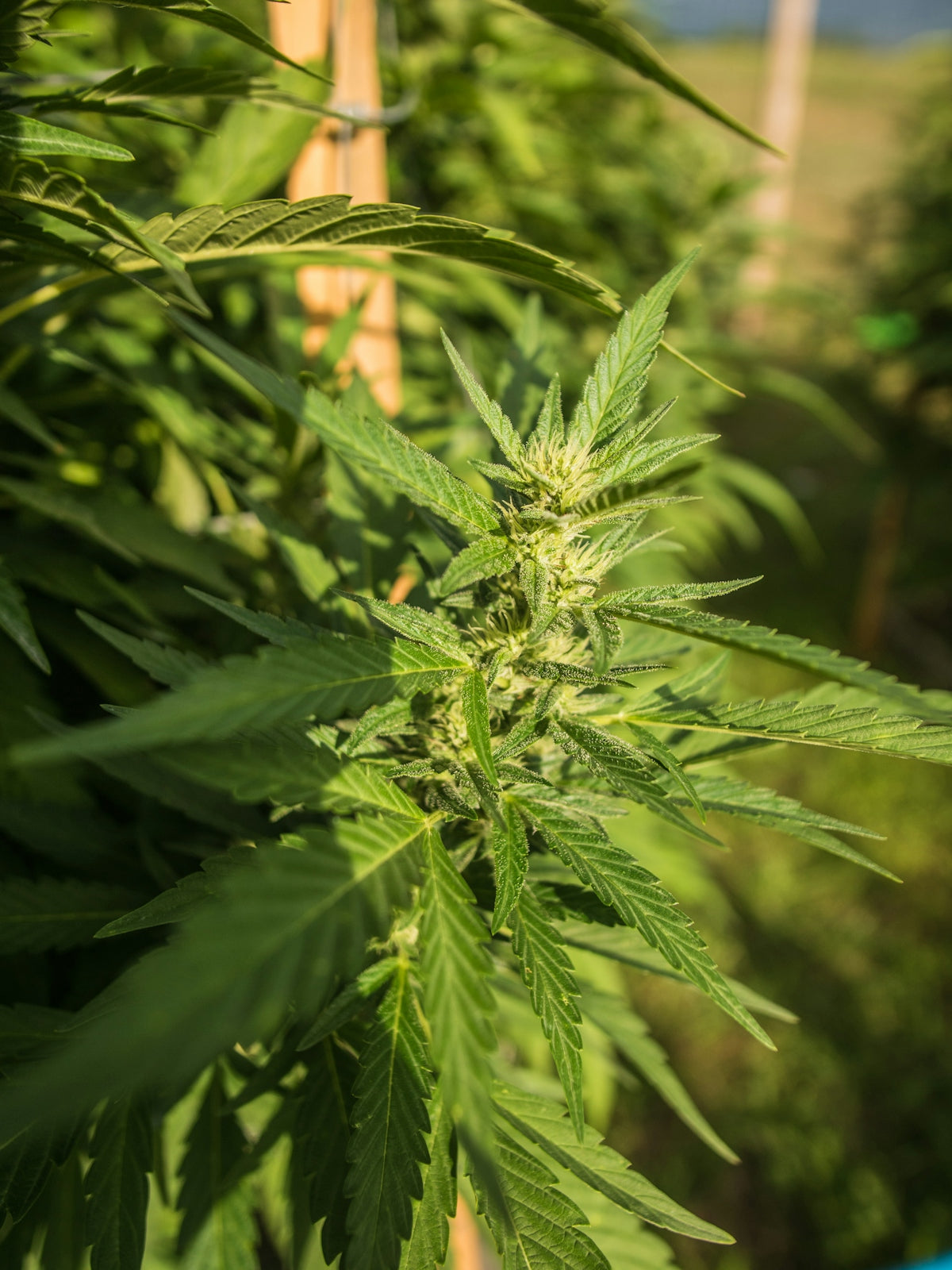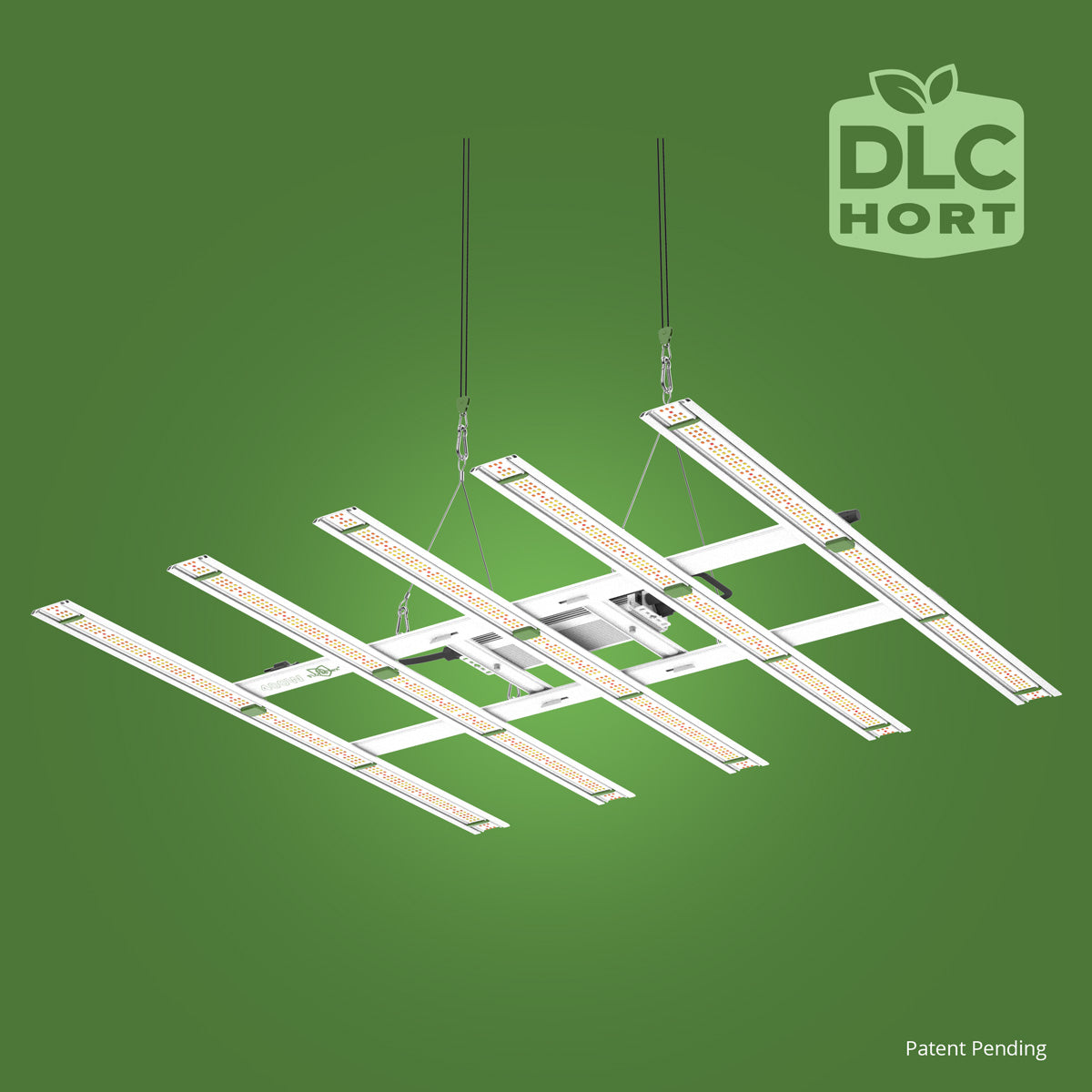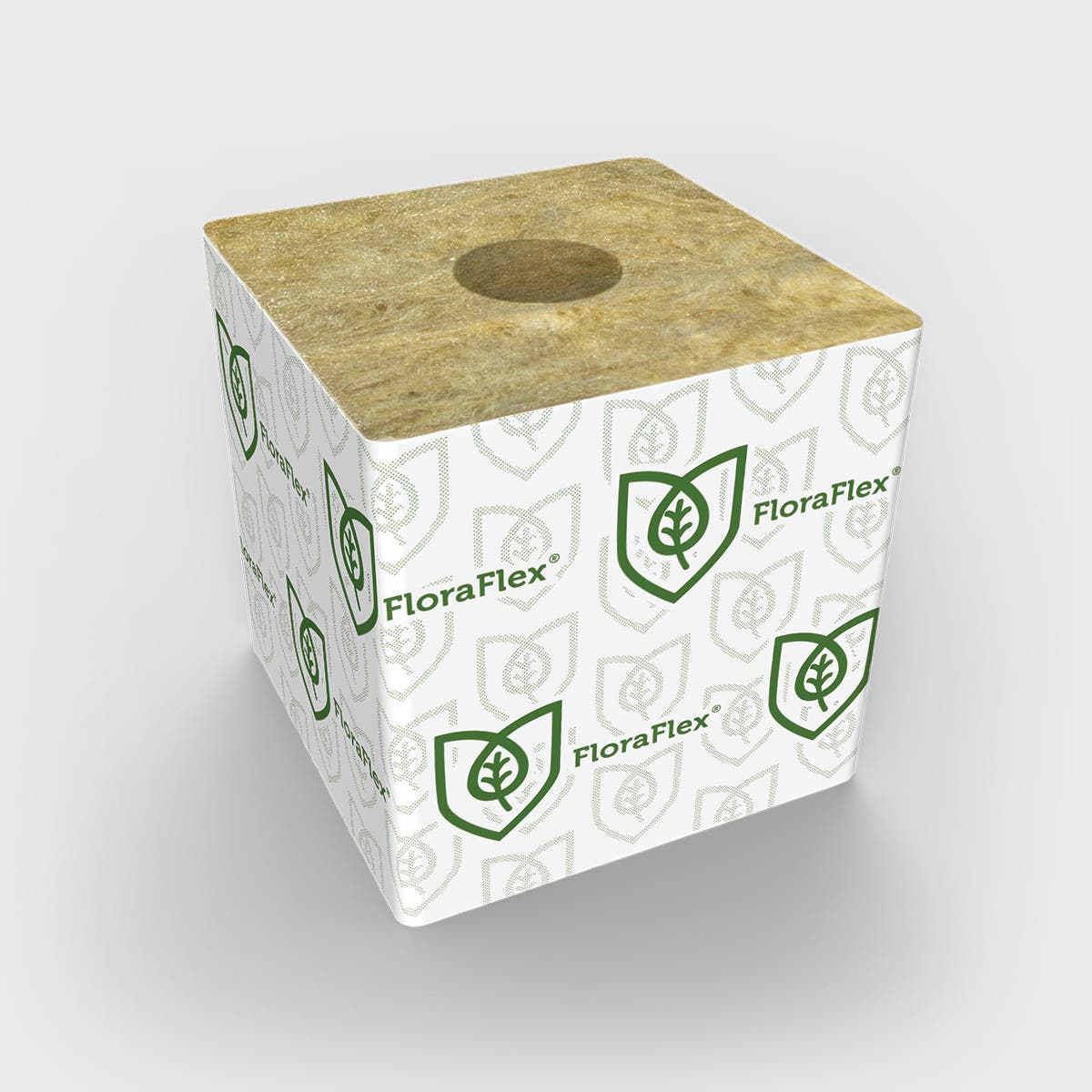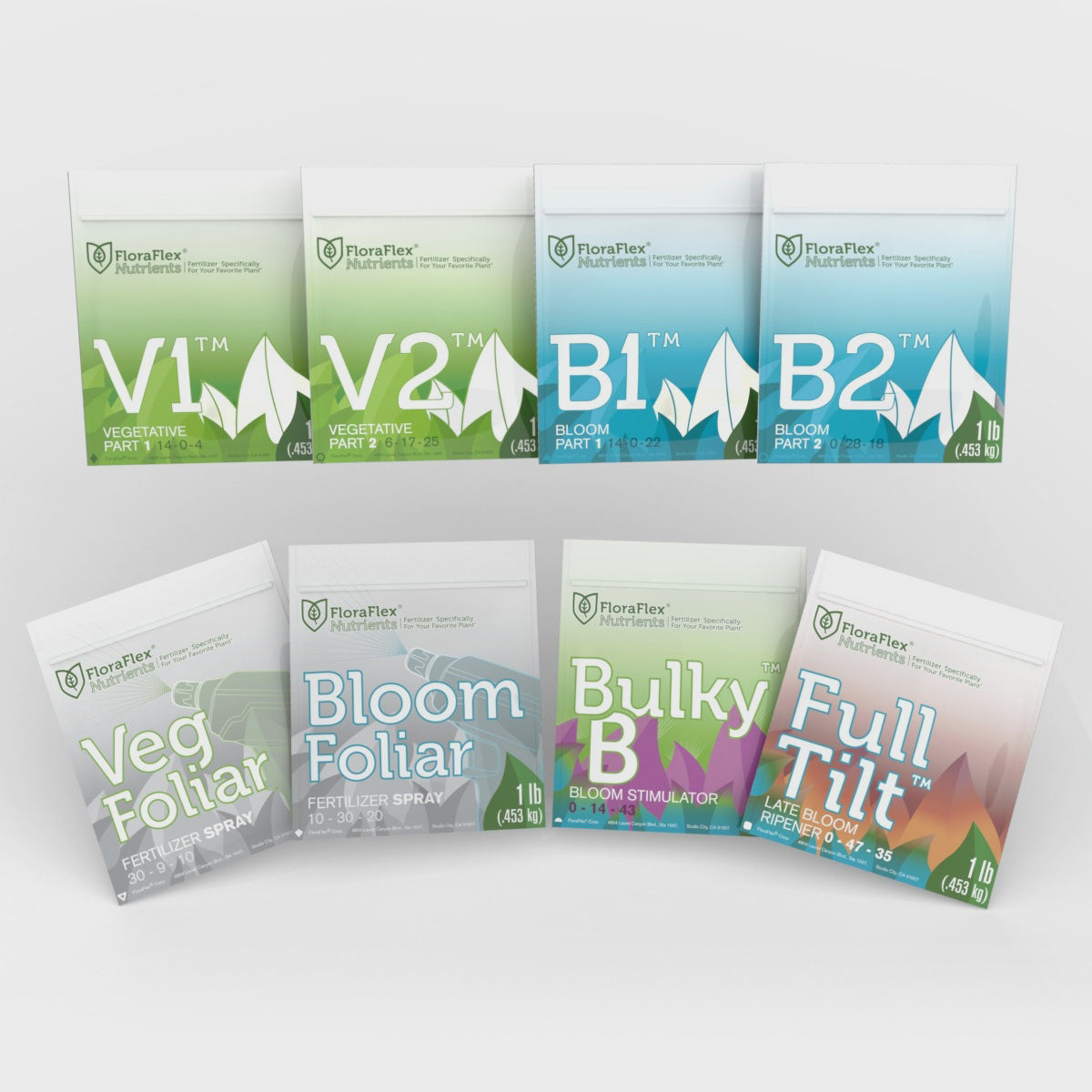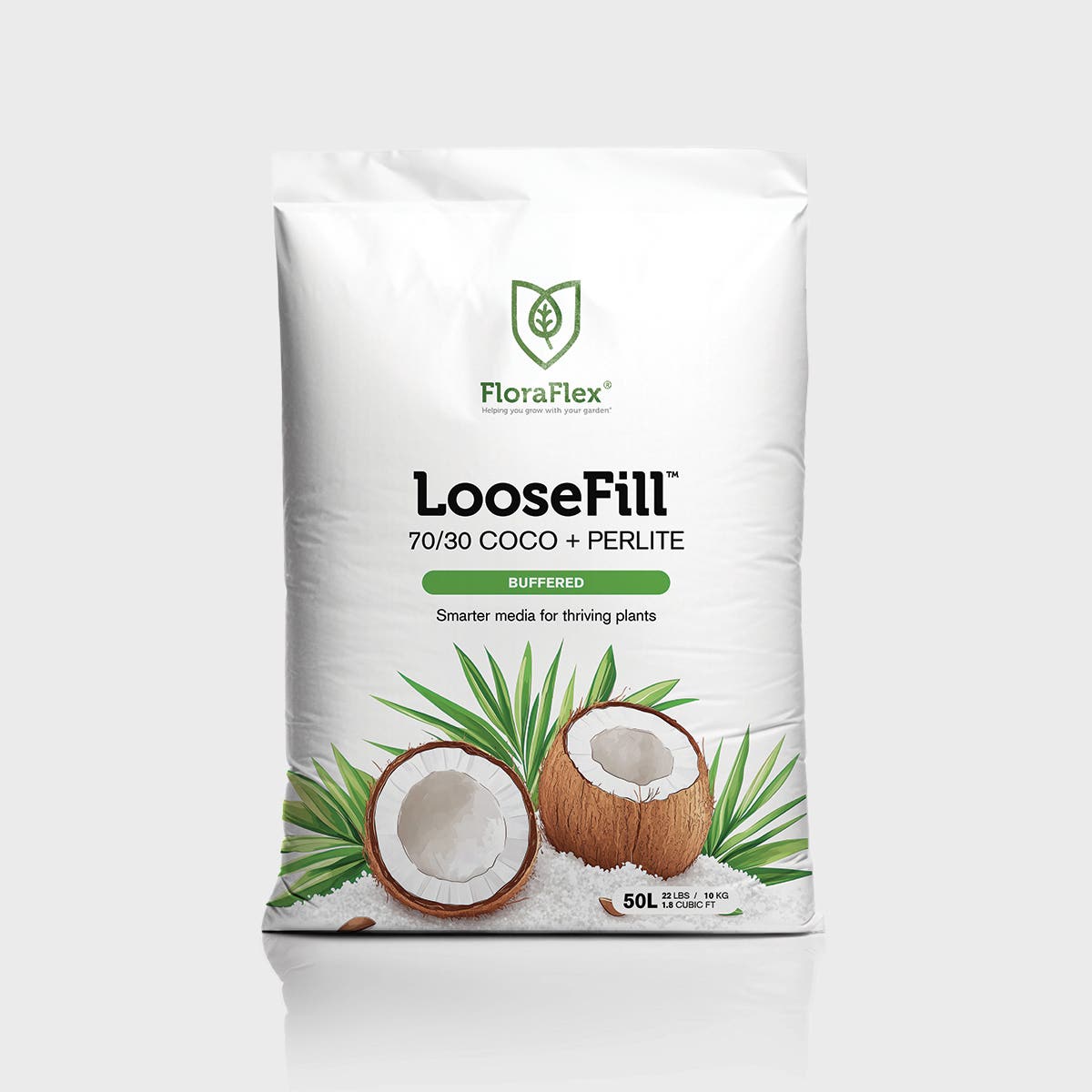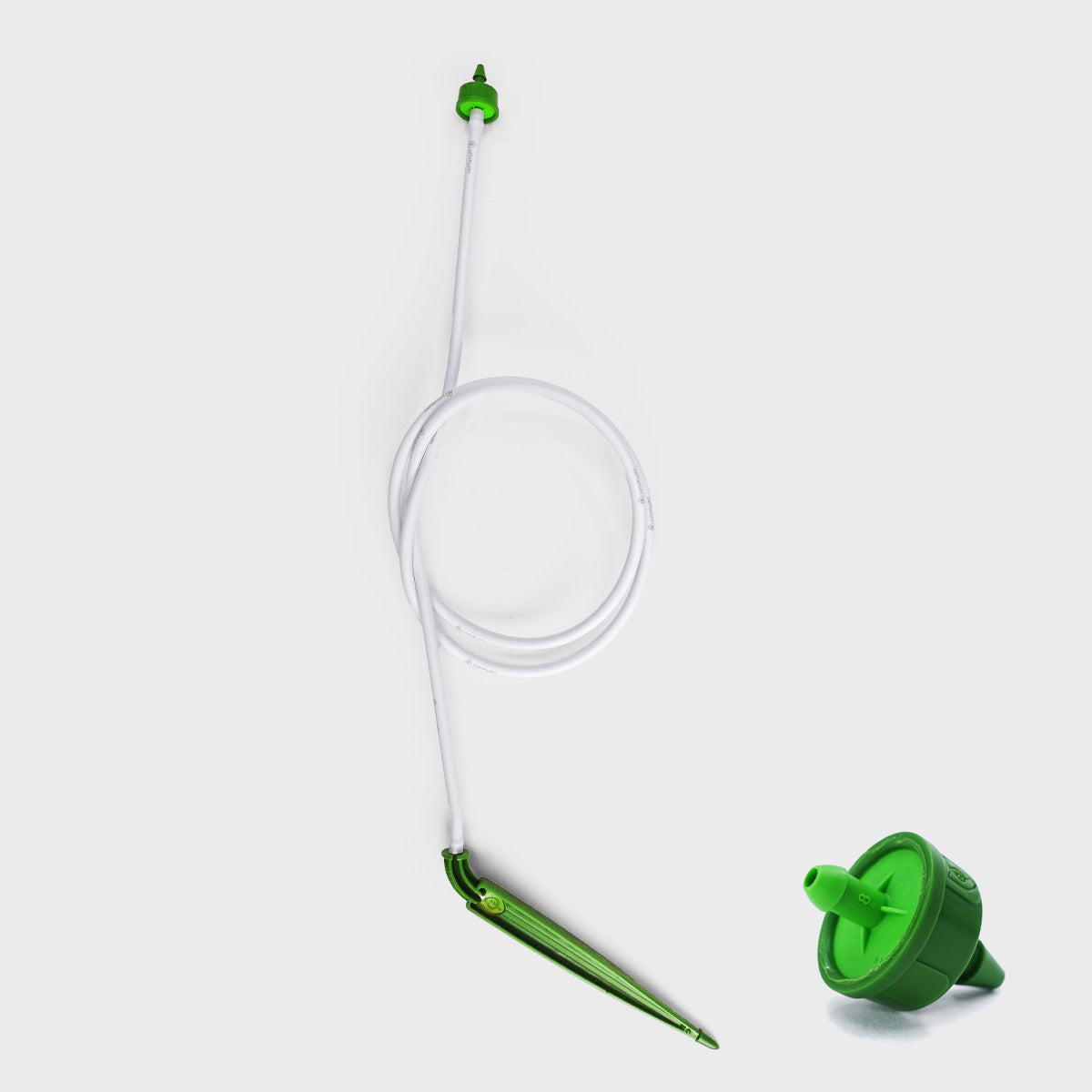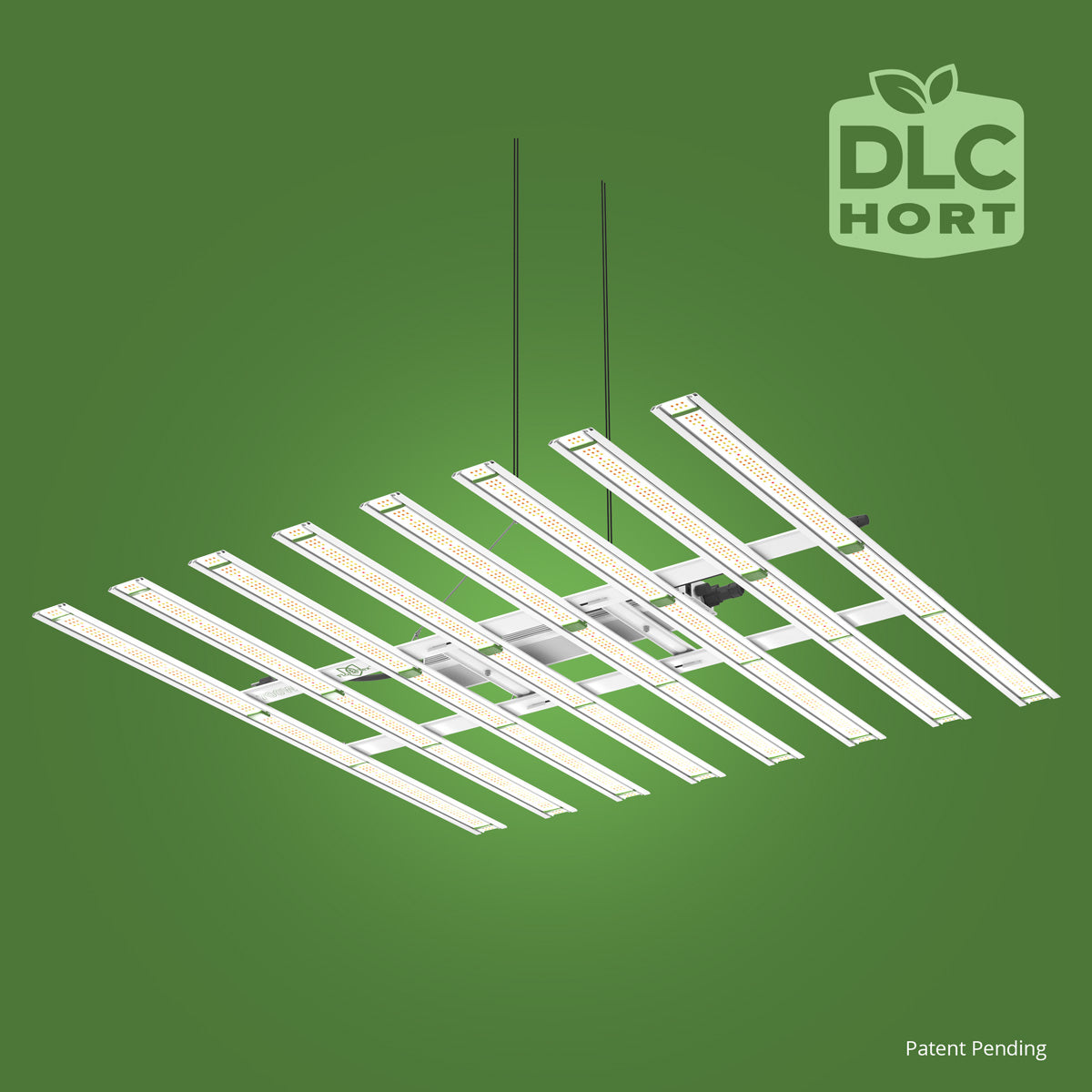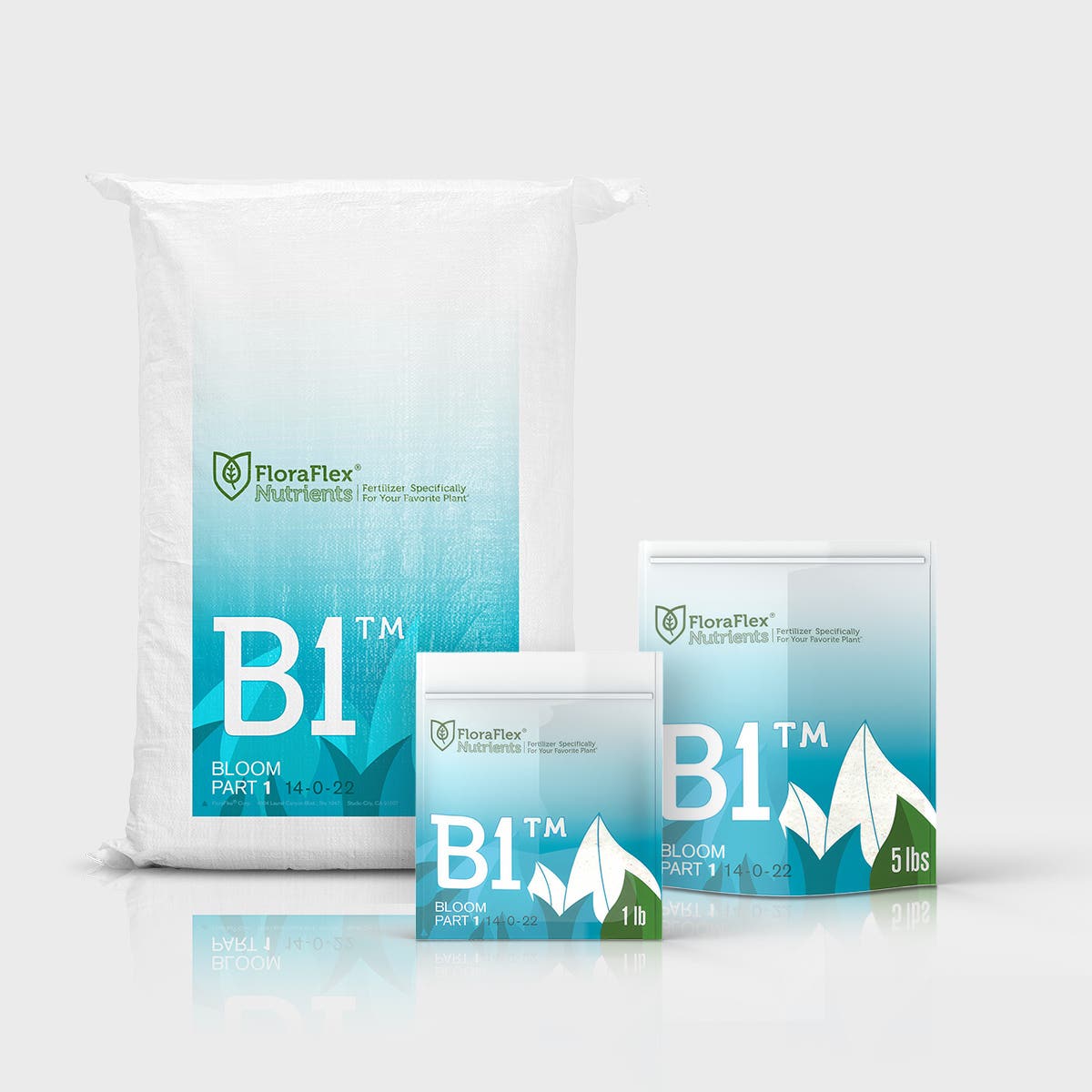The cultivation of cannabis outdoors offers distinctive advantages, particularly when it comes to leveraging natural environmental conditions. With the sector increasingly embracing sustainable and organic practices, understanding the nuances of seasonal trends becomes ever more pivotal. This blog post delves into the interplay between cannabis growth cycles and the seasonal changes, equipping you with insights to optimize your harvest.
Understanding Cannabis Growth Cycles
Each cannabis growth stage—germination, seedling, vegetative, and flowering—adapts uniquely to the changing seasons. By synchronizing your cultivation practices with these natural cycles, you can achieve a more robust yield.
Germination and Seedling Stages:
The journey begins as seeds are germinated and young seedlings are nurtured. Spring often presents optimal germination conditions, with warming temperatures and increased daylight hours encouraging initial growth.
The Vegetative Stage:
As daylight extends, cannabis plants enter the vegetative phase, characterized by rapid growth in biomass. This typically coincides with late spring and early summer. Growers capitalize on the extended sunlight, nourishing plants with nitrogen-rich nutrients to support leaf and stem development.
Flowering:
As summer transitions to fall, decreasing daylight triggers the flowering phase. This phase is crucial for bud development, intensifying the need for careful monitoring of environmental conditions to ensure high-quality output.
Seasonal Adjustments in Cultivation Practices
Seasonal trends dictate potential adjustments in your cultivation strategies to align with environmental shifts:
- Spring: Start with hardy strains that thrive in fluctuating conditions. Consider utilizing products like the 6" FloraFlex Wool (Basalt Derived) Cubes for optimal rooting and moisture retention as young plants grow. The composition of basalt-derived rockwool offers stability and ensures your plant's roots have the necessary support in these early stages.
- Summer:Maximize sunlight by ensuring your crop is free from obstructions and well-spaced. High temperatures can increase the risk of pests, so integrate appropriate pest management strategies.
- Autumn:Focus on gathering a bountiful harvest by maintaining ideal humidity and temperature levels. Adapt your watering techniques to accommodate cooler temperatures while preventing mold and mildew.
- Winter:While not a traditional period for outdoor growth, winter offers time to strategize for the forthcoming growing season. Reflect on learnings and adjust plans for seed selection and soil enhancement based on last year's outcomes.
Challenges and Opportunities
Outdoor cannabis cultivation faces challenges, including unpredictable weather conditions and pest infestations. However, the rewards of reduced operational costs and environmental impact make it worthwhile.
- Weather: To mitigate risks, employ protective measures such as temporary greenhouses or windbreaks to shield crops.
- Pests and Diseases: Use organic pesticides and practices to control pests and diseases naturally.
Conclusion
Thorough understanding and strategic planning around seasonal trends can make your outdoor cannabis cultivation efforts more predictable and profitable. Embrace the cyclical nature of cultivation and continuously refine techniques to adapt to climatic shifts, ensuring that each season brings you closer to a flawless harvest.
Visit FloraFlex for innovative solutions and products tailored to maximize your cultivation potential, today and in the seasons to come.
By embracing these strategies and tools, you'll be well-prepared to navigate the dynamic world of outdoor cannabis cultivation with confidence.

